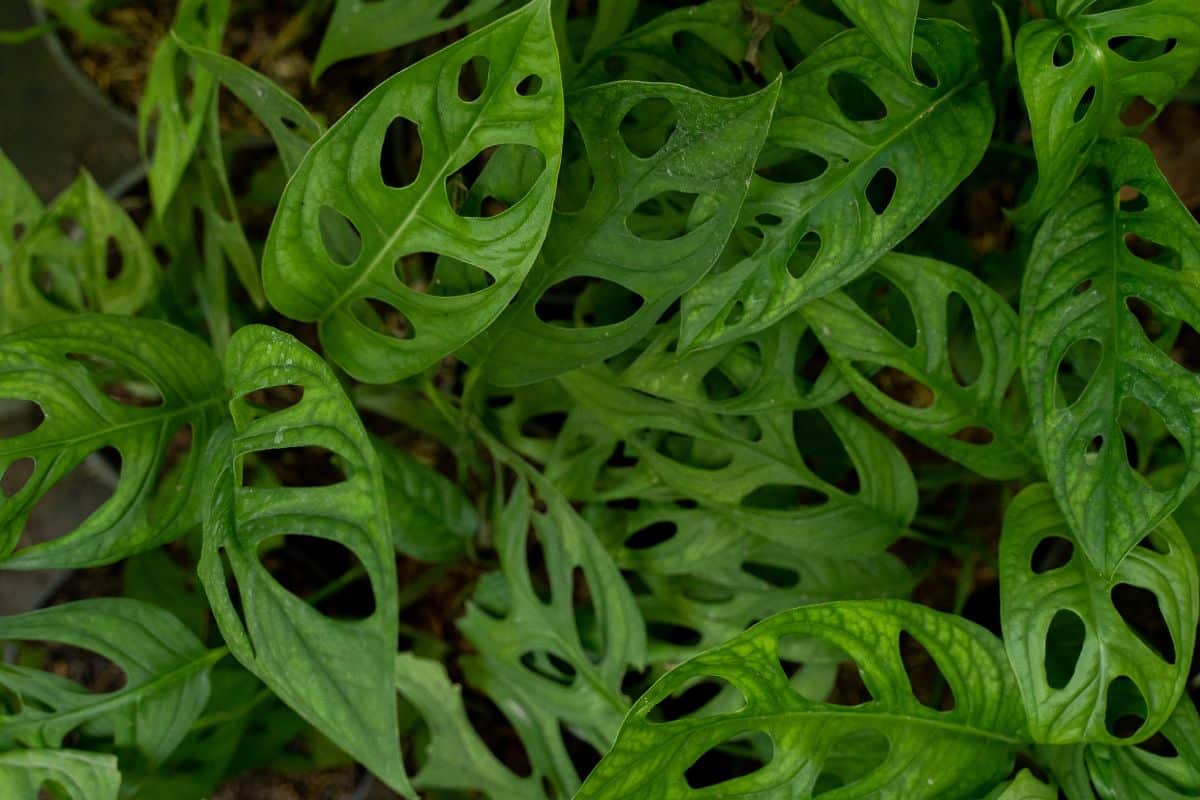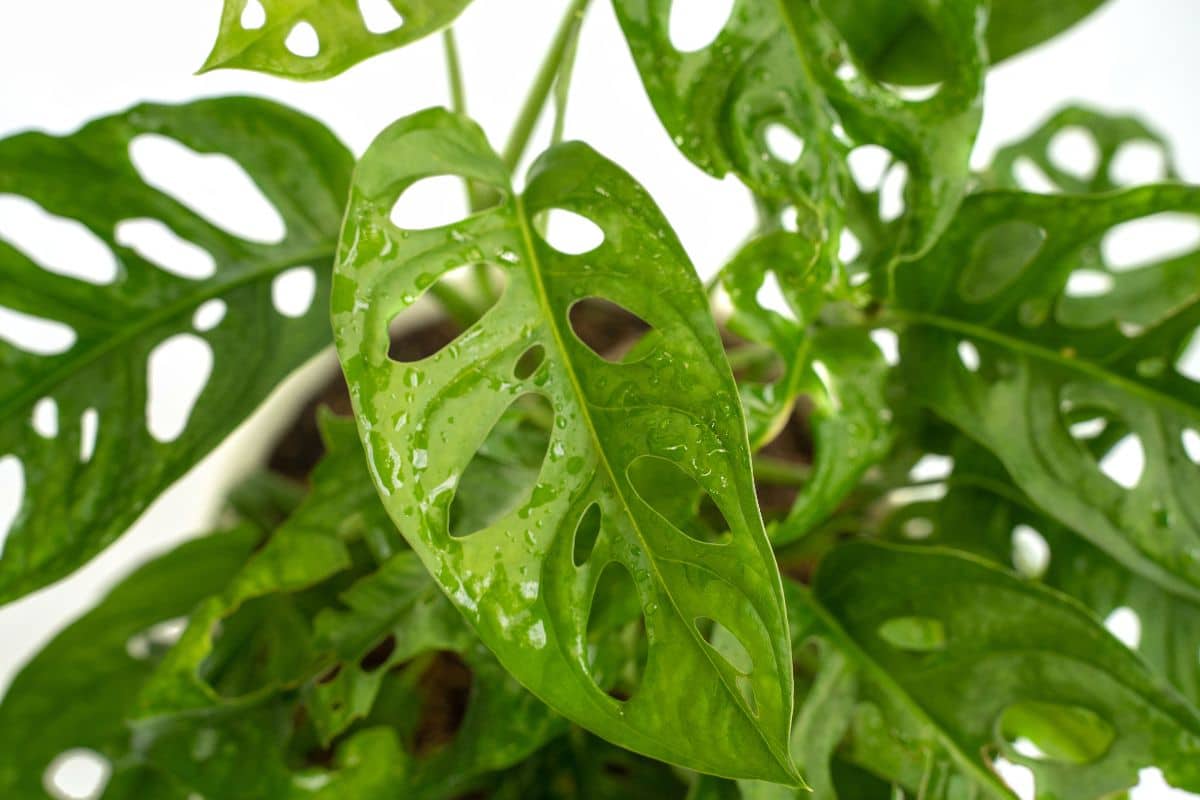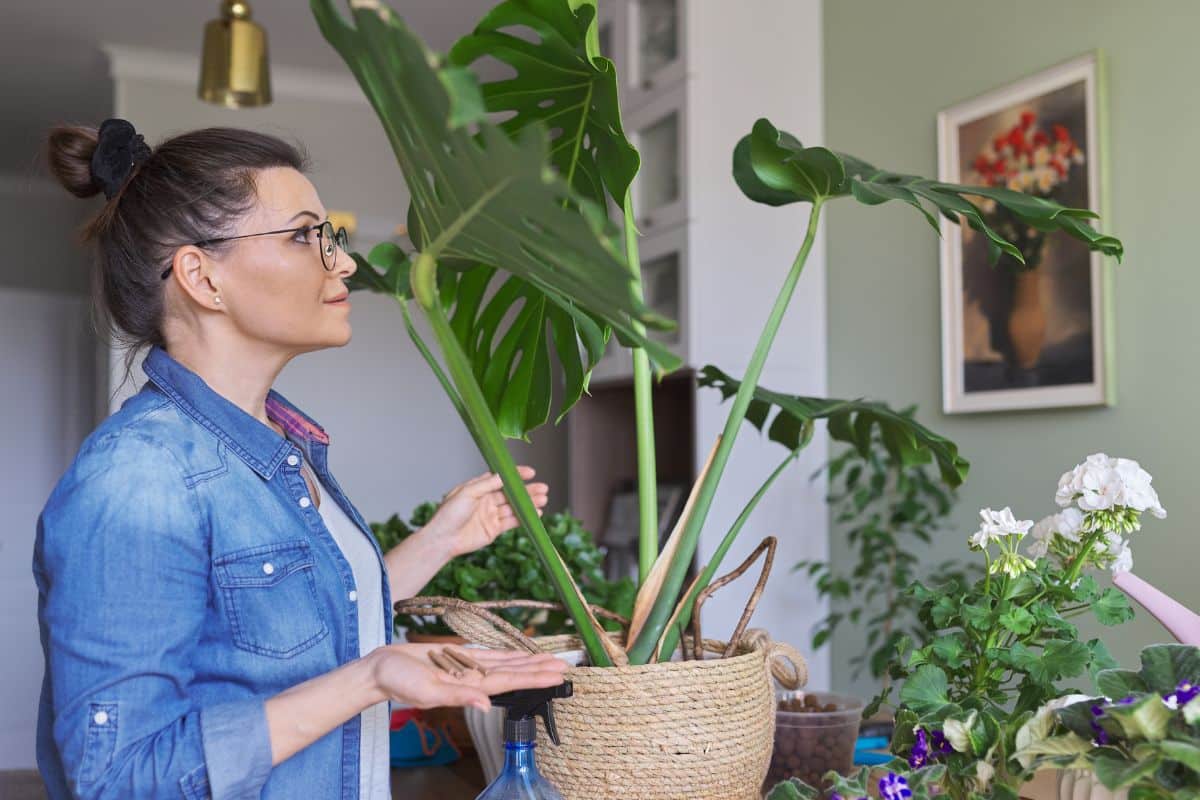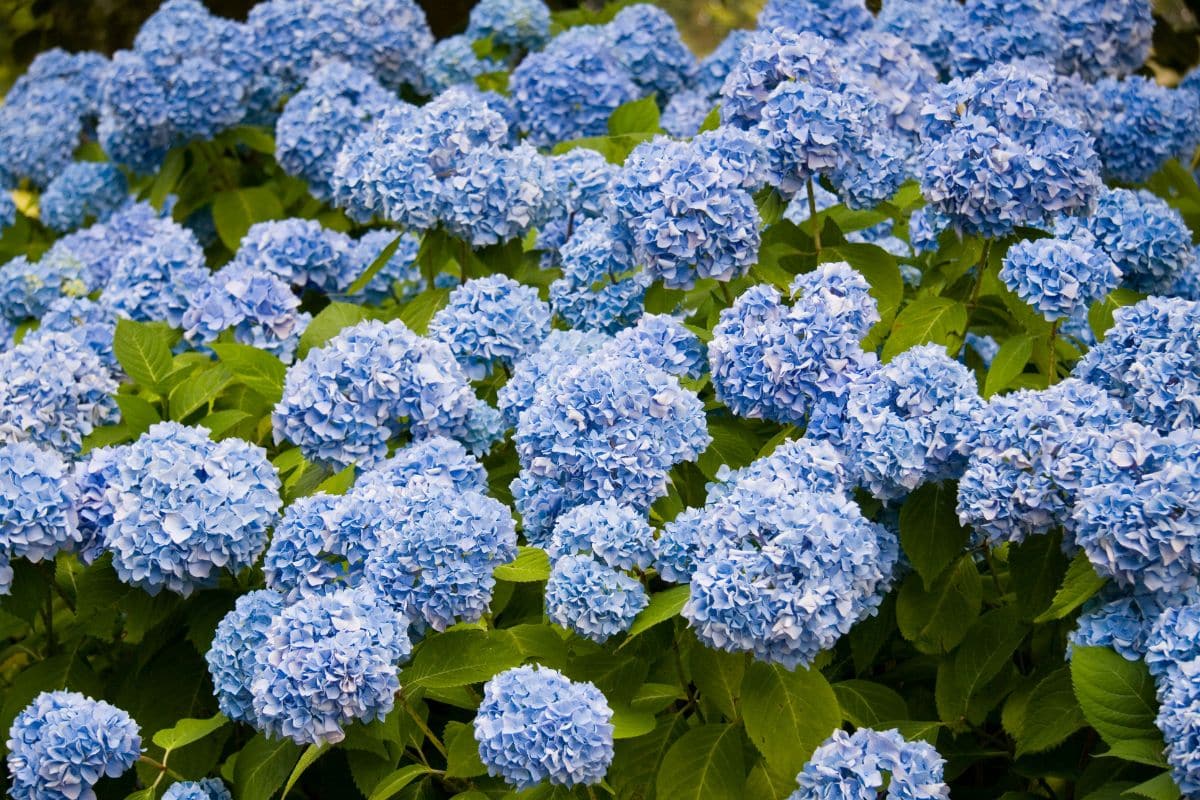The Swiss cheese plant, scientifically known as Monstera deliciosa, has gained immense popularity as a houseplant due to its striking perforated leaves. Beyond its aesthetic appeal, many plant enthusiasts wonder about its edibility. The question “Can you eat a Swiss cheese plant?” has a fascinating answer that might surprise you.
Understanding the edible parts of Monstera deliciosa
Despite its ornamental status in Western households, the Swiss cheese plant actually produces edible fruit in tropical environments. Native to the rainforests of Southern Mexico and Central America, Monstera deliciosa earned part of its scientific name (“deliciosa”) because of its fruit’s delectable taste.
The fruit resembles an elongated green corn cob with hexagonal scales. When ripe, these scales lift away, revealing the creamy white flesh beneath. The flavor profile is often described as a unique combination of pineapple, banana, and mango – hence its nickname “fruit salad plant” in some regions.
However, it’s crucial to understand that only the fully ripened fruit is safe for consumption. Unripe Monstera fruit contains high levels of oxalic acid crystals that can cause:
- Intense irritation of the mouth and throat
- Swelling of the lips and tongue
- Difficulty swallowing
- Digestive discomfort
- Potential allergic reactions
The ripening process can take up to a year, and you’ll know the fruit is ready when the scales naturally begin to lift and expose the flesh, which emits a sweet fragrance. Much like how papayas have specific ripeness indicators, Monstera fruits have their own unique signs of readiness.
Toxic parts to avoid completely
While the ripe fruit is edible, all other parts of the Swiss cheese plant are toxic and should never be consumed. The leaves, stems, and roots contain calcium oxalate crystals that cause similar but potentially more severe reactions than unripe fruit.
These crystals act as a defense mechanism for the plant, creating an immediate burning sensation upon contact with sensitive tissues. Ingestion of these parts can lead to significant irritation of the digestive tract and more serious health complications.
If you’re maintaining multiple plant varieties in your home, you should practice the same caution you would when caring for moth orchids or other ornamental species – keep them out of reach of children and pets who might be tempted to nibble on them.
The sap from the plant can also cause skin irritation in sensitive individuals, so it’s advisable to wear gloves when pruning or propagating your Monstera. Always wash your hands thoroughly after handling any part of the plant.
Growing conditions for fruit production
If you’re hoping to harvest fruit from your Swiss cheese plant, be prepared for a significant challenge. Indoor Monsteras rarely produce fruit because they require specific tropical conditions to flower and fruit.
For successful fruit production, Monstera plants typically need:
- Mature age (typically at least 3-5 years old)
- Consistent warm temperatures (65-85°F/18-29°C)
- High humidity (over 60%)
- Bright, indirect light
- Proper pollination
Even under ideal conditions, indoor Monsteras rarely flower without additional help. In their natural habitat, they climb up trees reaching heights of 70 feet or more, with the mature portions receiving dappled sunlight through the canopy.
Creating a thriving environment for your Monstera can be similar to establishing an office garden – you’ll need to carefully control light, temperature, and humidity while providing appropriate support structures.
If you’re determined to encourage flowering, consider supplementing with a phosphorus-rich fertilizer during growing seasons. While not guaranteed to produce fruit, this can strengthen your plant and potentially improve its chances.
Swiss cheese plant as a food source
In Central America and parts of Mexico, the fruit of Monstera deliciosa has cultural and culinary significance. Known locally as “piñanona” or “balazo,” it’s sold in markets and used in traditional dishes.
The flavor makes it suitable for tropical fruit salads, smoothies, and desserts. Some people enjoy it simply by itself as a unique treat. Unlike common garden plants like basil that are grown specifically for consumption, Monstera is primarily ornamental with its edibility being a secondary benefit.
Interestingly, research into the fruit has identified compounds with potential health benefits, including enzymes that may aid digestion. The fruit also contains potassium, vitamin C, and various antioxidants, though nutritional content can vary based on growing conditions.
If you’re interested in adding unusual edible plants to your garden, you might consider Monstera alongside ornamental flowers that provide seasonal visual interest. Just remember that patience is essential – even under perfect conditions, waiting for fruit can take years.
The final verdict on Swiss cheese plants
So, can you eat a Swiss cheese plant? The answer is both yes and no. While the fully ripened fruit is not only edible but delicious, all other parts of the plant should be avoided due to their toxicity.
For most houseplant enthusiasts, the Monstera deliciosa will remain purely ornamental, as the conditions needed for fruiting are difficult to achieve indoors. The plant’s primary value continues to be its striking foliage and air-purifying qualities.
If you’re fortunate enough to encounter ripe Monstera fruit at a specialty market or while traveling in tropical regions, it offers a unique culinary experience worth trying. Just remember that patience is required – waiting for the fruit to fully ripen is essential for both safety and flavor.
Whether you grow it for its potential fruit or simply for its dramatic leaves, the Swiss cheese plant remains one of the most fascinating additions to any indoor plant collection, bridging the gap between ornamental beauty and potential edibility.










